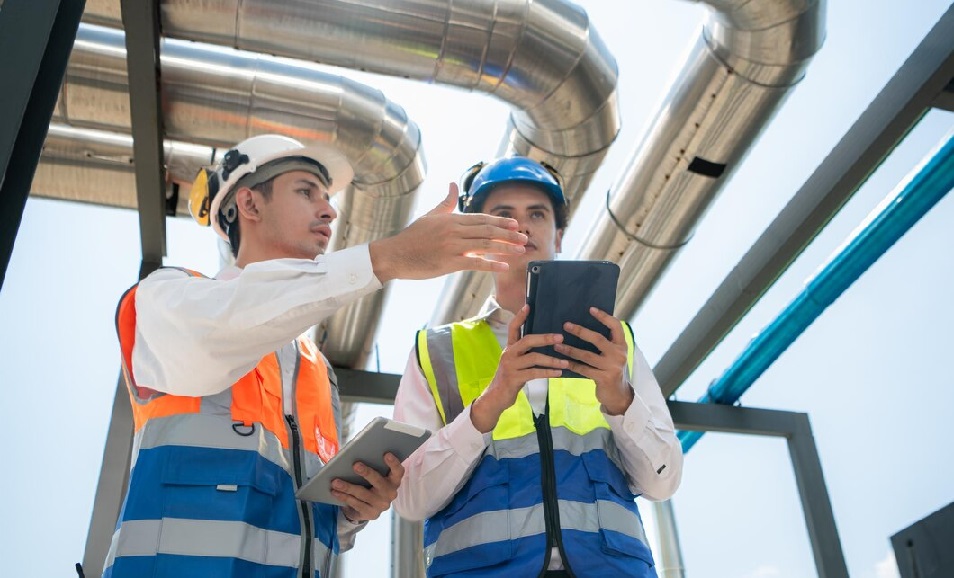
The CPM machine, or Continuous Passive Motion machine, has become a pivotal tool in the realm of post-operative rehabilitation. This sophisticated device is designed to aid patients in recovery, ensuring that joints remain in constant, gentle motion, thereby enhancing the healing process. Here, we delve deep into the intricacies of the CPM machine, exploring its benefits, functionality, and usage, along with addressing common questions and considerations for patients and healthcare providers alike.
What is a CPM Machine?
A Continuous Passive Motion (CPM) machine is a therapeutic device used primarily after joint surgery to aid in recovery. The machine continuously moves the joint through a controlled range of motion, typically without patient assistance. This passive movement helps to prevent stiffness, improve circulation, reduce swelling, and promote the healing of tissues.
How Does a CPM Machine Work?
The CPM machine operates by gently and slowly moving the affected joint through a specified range of motion. The machine’s settings can be adjusted to vary the speed and range of motion, allowing for a customized rehabilitation experience. This continuous movement is critical in preventing the formation of scar tissue and maintaining joint flexibility.
Key Components of a CPM Machine:
- Motor: Drives the continuous motion.
- Control Unit: Allows for the adjustment of speed and range.
- Supporting Frame: Secures the limb in place.
- Adjustable Pads: Ensure comfort and proper alignment.
Benefits of Using a CPM Machine
1. Enhanced Recovery
One of the primary benefits of a machine is its ability to significantly enhance the recovery process. By keeping the joint in motion, the machine helps to improve the circulation of synovial fluid, which is essential for nourishing the cartilage and promoting healing.
2. Reduction of Swelling and Pain
The gentle, continuous motion provided by the CPM helps to reduce swelling and pain by preventing the build-up of fluids in the joint area. This can lead to a quicker reduction in inflammation and discomfort, allowing patients to progress more rapidly through their rehabilitation program.
3. Prevention of Joint Stiffness
After surgery, joints are prone to stiffness due to immobility. The CPM machine mitigates this risk by ensuring that the joint remains active, thereby preventing the formation of scar tissue and adhesions that can limit mobility.
4. Improved Range of Motion
Continuous passive motion helps to maintain and even improve the range of motion in the affected joint. This is crucial for patients recovering from surgeries such as knee replacements, where maintaining joint flexibility is vital for a successful outcome.
Applications of CPM Machines
1. Post-Surgical Rehabilitation
CPM machines are commonly used after various types of joint surgery, including knee, shoulder, and hip replacements. They play a critical role in the early stages of rehabilitation, helping patients to regain mobility and function more quickly.
2. Orthopedic Injuries
In addition to post-surgical use, CPM are also beneficial for patients recovering from orthopedic injuries, such as fractures or ligament repairs. The continuous motion aids in preventing stiffness and promoting healing in the injured area.
3. Chronic Joint Conditions
For individuals suffering from chronic joint conditions, such as arthritis, CPM machines can offer relief by maintaining joint mobility and reducing pain. Regular use of a CPM machine can help to manage symptoms and improve quality of life.
How to Use a CPM Machine
1. Setting Up the Machine
- Positioning: Place the machine on a stable surface and ensure it is securely in place.
- Aligning the Limb: Position the limb on the machine, making sure that it is properly aligned with the machine’s movement axis.
- Adjusting Settings: Set the desired range of motion and speed using the control unit. Start with a low range and gradually increase as comfort allows.
2. During Use
- Comfort: Ensure that the limb is comfortably secured with the adjustable pads.
- Monitoring: Regularly monitor the limb for any signs of discomfort or misalignment.
- Duration: Use the machine for the recommended duration, typically several hours per day, as advised by your healthcare provider.
3. Post-Use Care
- Cleaning: Wipe down the machine and pads to maintain hygiene.
- Storage: Store the machine in a safe, dry place when not in use.
FAQs about CPM Machines
1. Is it painful to use a CPM machine?
While some discomfort may be experienced initially, the movement should not be painful. If you experience significant pain, it is important to consult with your healthcare provider to adjust the settings.
2. How long should I use the CPM machine each day?
The duration of use varies depending on the type of surgery and individual recovery needs. Typically, patients are advised to use the machine for several hours each day. Your healthcare provider will give you specific instructions tailored to your situation.
3. Can I use a CPM machine at home?
Yes, CPM machines are designed for home use as well as in clinical settings. Your healthcare provider can guide you on how to set up and use the machine at home to ensure proper rehabilitation.
4. Are there any risks associated with using a CPM machine?
When used correctly, CPM are generally safe. However, improper use or overuse can lead to complications such as increased pain or joint damage. It is crucial to follow the guidance of your healthcare provider.
Conclusion
The CPM machine stands as a vital tool in the arsenal of post-operative and rehabilitative care. Its ability to enhance recovery, reduce pain and swelling, prevent joint stiffness, and improve the range of motion makes it an indispensable aid for patients recovering from joint surgery and other orthopedic conditions. By understanding how to effectively use and benefit from a CPM machine, patients and healthcare providers can work together to achieve optimal rehabilitation outcomes.

